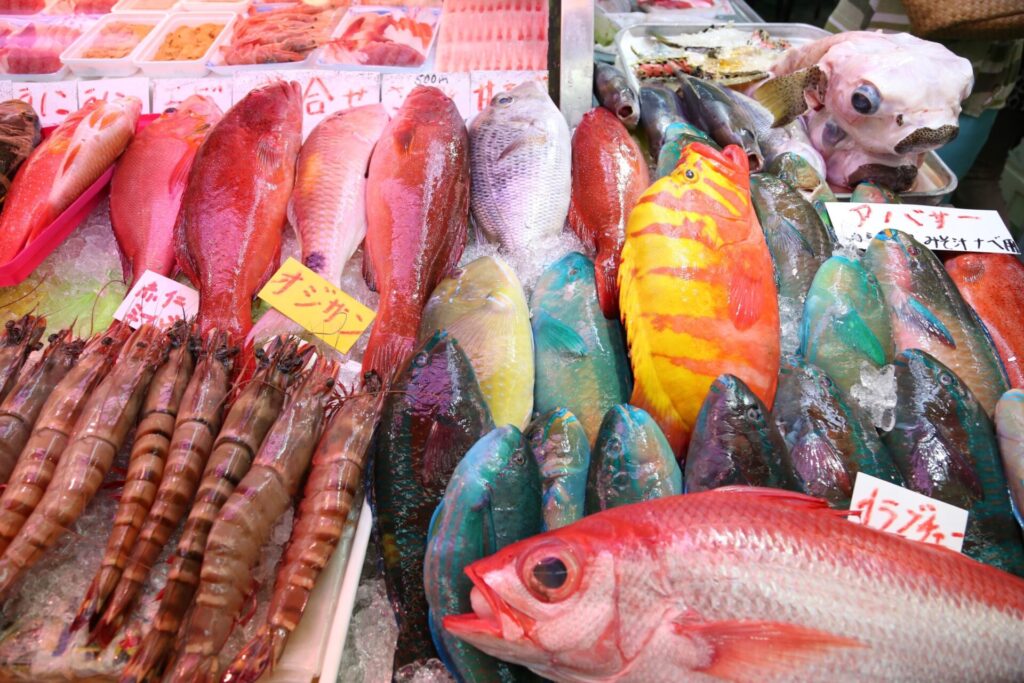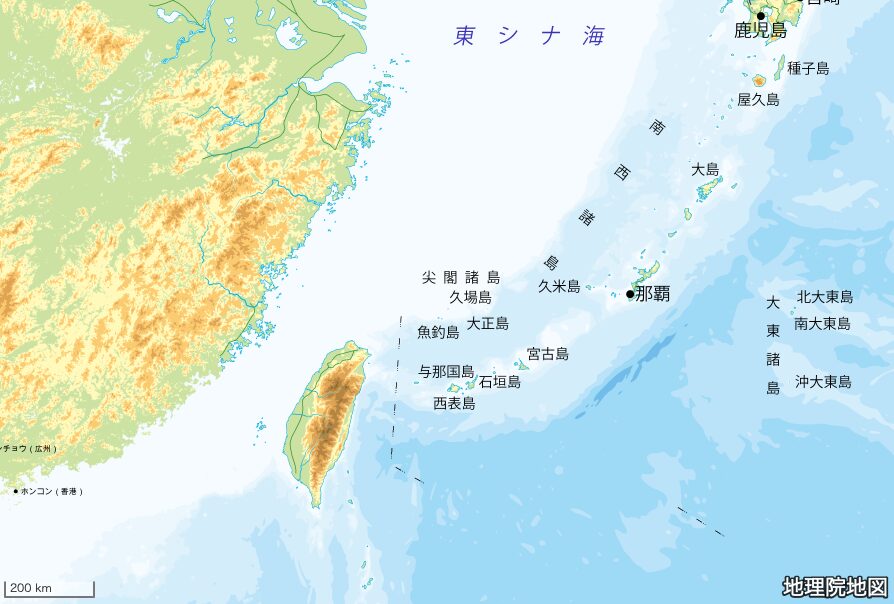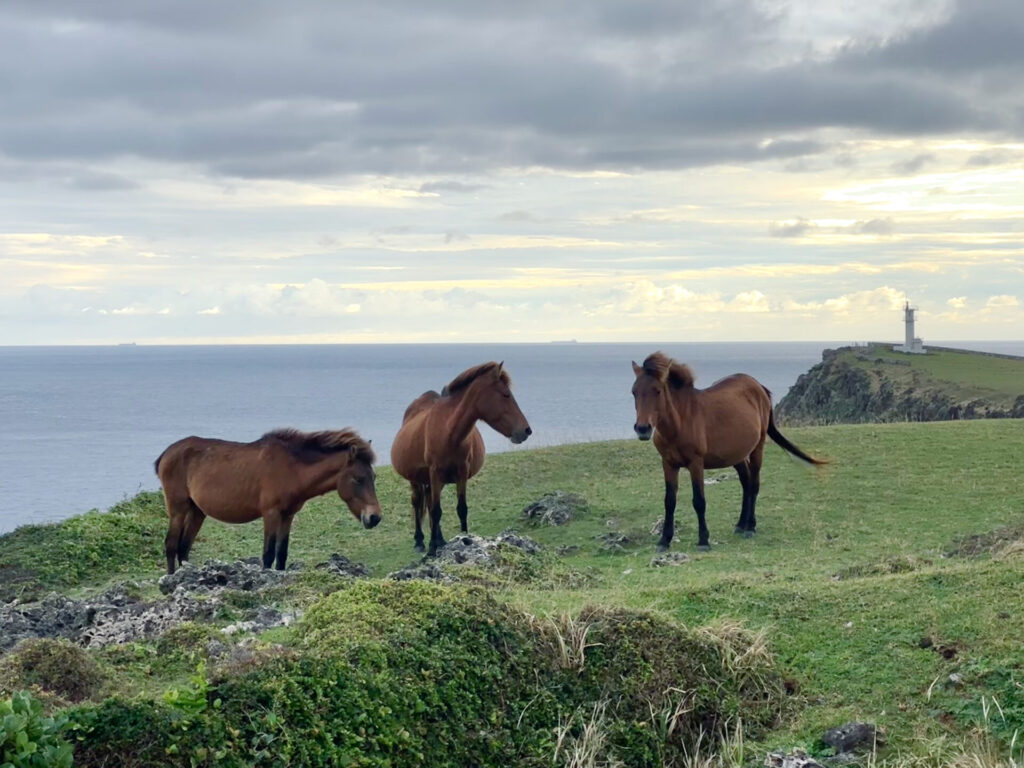Iriomote Yamaneko

The Iriomote yamaneko is a small wild cat found only on Iriomote Island. Its body length is about 50 cm and its tail is about 25 cm long. The habitat of this cat is the smallest of all forty varieties of cat species in the world. There are very few in number left, and only eighty to a hundred are estimated to live on the island.
The Iriomote islanders have long known about this elusive cat, and the felines have been included in their stories told at local events. However, the scientific discovery of these cats occurred only recently in 1965. Although the cats’ habitat is known to extend widely from the mountains to the coastal areas, they have mostly been seen around the foothills of the mountains. Although primarily nocturnal, they are active from dusk until relatively late in the morning. The cats feed on most other animals on the island, but mainly the black rat and the megabat among mammals, the brown-eared bulbul and the water rail among birds, and the kishinoue tokage1 and the akamadara2 among reptiles. The cats also consume insects such as the kamadouma3, the madara kōrogi4, and the madara gokiburi5 as supplements to their diet.
Due to words such as “ancient” and “rare” used during the discovery of the Iriomote yamaneko, the species became more famous than the Tsushima yamaneko6 and was thus studied in further detail. However, there was no evidence to suggest that the Iriomote yamaneko is an older species than other wild cats. This is an indication that mass media and science are different, and instead, it is better to think of the Iriomote yamaneko as a close relative to other members of the cat families native to Asia, such as the leopard cat, the Asian golden cat, or the fishing cat.
The Iriomote yamaneko have no predators on the island, but its shrinking habitat due to recent land development activity and especially the rising population of feral cats have threatened the species to the brink of extinction.
- Translated as Kishinoue’s giant skink, it is a skink, endemic to the southern Ryukyu Islands of Japan.
- A snake native to East Asia; It is medium-sized, nocturnal, and considered non-venomous.
- A type of grasshopper.
- A type of cricket.
- A type of cockroach.
- Another mountain cat inhabiting an island near Kyushu.









































































































































































































































